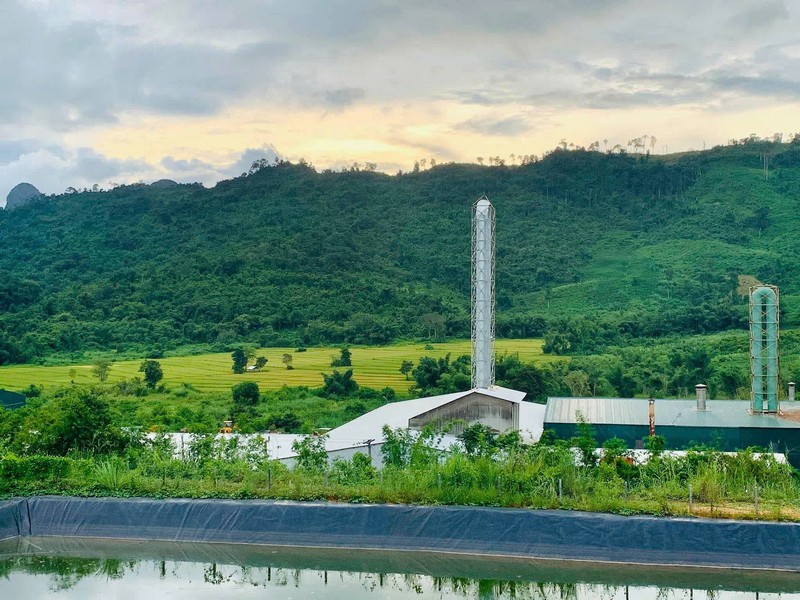Uncategorized
Cassava Dragon – The golden dragon awakens
——————————————————————————————————————
Located next to a peaceful valley in Na Suang village, Viengthong district, Cassava Dragon factory officially started construction in early 2014 and went into production in 2015 with a modest starting capacity of only 60 tons of tapioca starch per day. In the early days, the factory had only 17 workers, mostly Vietnamese, working from 6am to 11pm.
Mr. Hoang Hung, the former owner of the factory and now the PR Director of Thanh Hung Group in Laos, recalls the difficulties that the factory faced in the past. Lacking experience, capital, and raw materials, the factory’s shareholders had to “sleep in tents and sleep in the forest” to directly plant cassava and encourage the local people to clear land for the development of raw material areas. The people in the villages previously only knew how to exploit timber, grow cannabis, and opium… so encouraging them to plant cassava was not an easy process. They often faced a lack of capital, and at times had to allow the locals to take materials such as pumps, steel, etc., to offset against the cassava sales.
When the factory started production, everything became more stressful as the outdated machinery led to poor starch quality and environmental pollution. The overwhelming difficulties made the locals dissatisfied, even suing the factory to the district authorities.
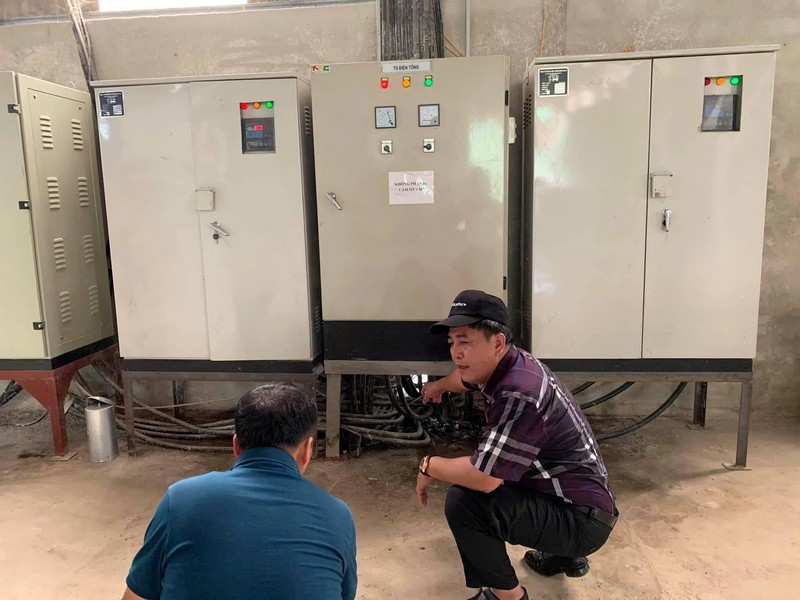
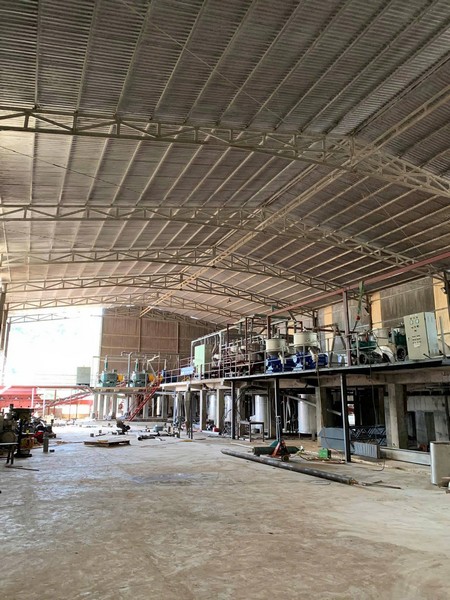
In 2018, a major turning point came when the factory was transferred to Thanh Hung Group. Since then, the “Cassava Dragon” has truly grown, thanks to strong investments in infrastructure and technology. The old machinery system was replaced by modern Alfa Laval centrifuges to increase recovery efficiency and improve product quality.
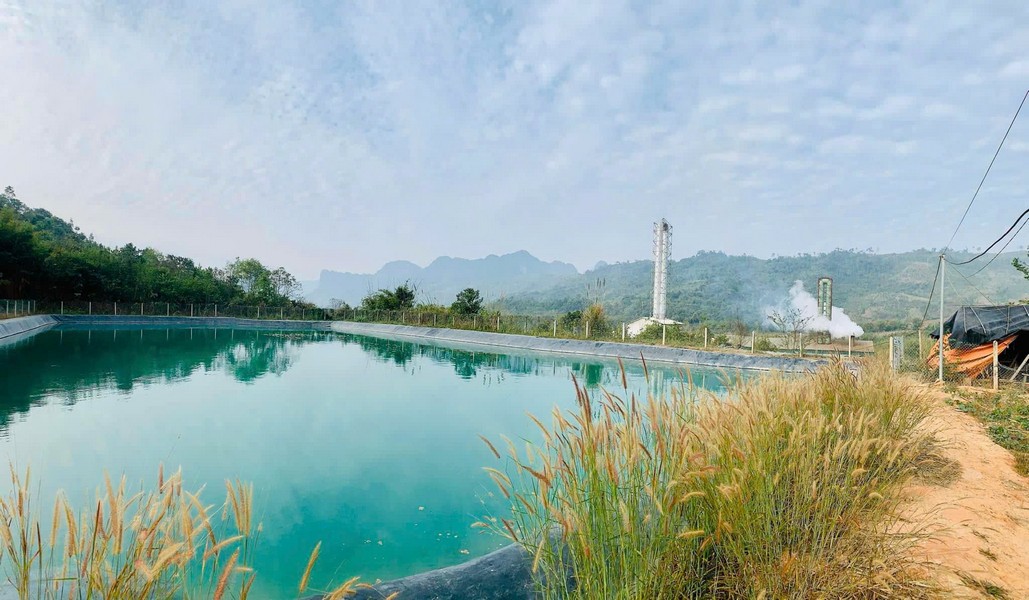
Thanh Hung Group also invested billions of KIP in building a Biogas pond system for wastewater treatment, protecting the environment and reducing production costs. In particular, an Agricultural Affairs Committee was established to support people from seed selection to harvesting. Thanks to the policy of consuming cassava at market prices, people have converted from ineffective crops to planting cassava, thereby creating a stable source of raw materials for the factory.
Currently, Viengthong district has more than 7,000 households participated in cassava planting on an area of nearly 20,000 hectares. The factory output in the 2023-2024 production season reaches 36,100 tons of starch and 4,200 tons of residue, which is something that no one dared to think of before.
Now, the lives of the people here have changed dramatically. The joyful music and dancing of the festivals reflected new joy and prosperity. The friendship between Viet Nam and Laos is becoming closer and closer through bright smiles and hope for a brighter future. Cassava Dragon is not only a factory, but also a symbol of revitalization and development for the whole community.
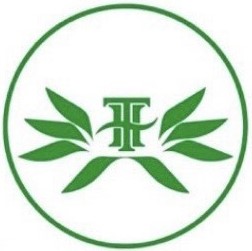

 Tiếng Việt
Tiếng Việt 中文 (中国)
中文 (中国) 日本語
日本語